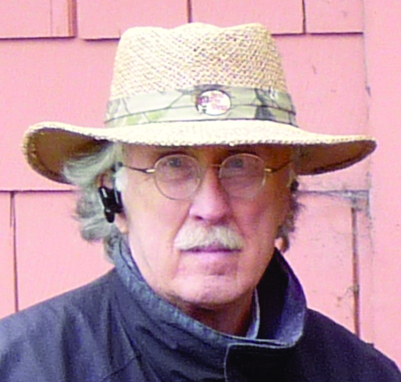TELESCOPE OPTICS
dcgeorge.com
The personal website of Douglas C. George.

|
TELESCOPE OPTICS |
dcgeorge.com |
The personal website of Douglas C. George. |
|
|
I gave up on amateur astronomy because I could never find a comfortable viewing position. My neck got sore from always being in some weird position and I could never hold my head steady. So I decided to design a better amateur telescope. I wanted one where I could sit with my head in stable, comfortable position as the telescope tracks the sky object. The only way I could see to do that was to be looking along the polar axis. The only telescope motion related to that axis is rotation. Here are a few sketches of what I had in mind. The basic idea was to divert the image from the main lens through the telescope's declination axis then along the polar axis to the eye. With this scheme, the observer never has to move while the telescope tracks the object. The only change the observer would see is that the object slowly rotates.
|
Light from the main mirror (not shown) is reflected by the diagonal mirror (at the upper left) and directed down the declination axis to a right-angle double prism located at the intersection of that axis and the polar axis and then along the polar axis into the eyepiece. Light from the spotting scope is reflected in the opposite direction along the polar axis from the backside of the double prism. The observer switches from the main mirror view to the spotting view as needed by rotating the double prism through 90 degrees. |
|
|
Sketch 2 shows how the image from the main mirror can be deflected either way along the polar axis and viewed from either end by rotating the double prism (located in the center) by 90 degrees. The image from the spotting scope (located at the bottom end of the declination axis) is always directed to the opposite end of the polar axis from that of the main-mirror image. Normally, a camera would be mounted at the upper end but it could be used by a second observer as shown here. One person would view through the spotting scope while the other viewed the main image. They could switch views by rotating the prism. |
|
|
Sketch 3 shows the same basic information as in sketch 2 but with a larger telescope. This mounting arrangement puts the main mirror further from the polar axis so that the observer on the right could view the image without blocking the main mirror. |
|
|
Sketch 4 shows an integrated seat for the viewer and a camera mounted on the other end of the polar axis. For this to actually work when looking at objects near the North Pole, the mount would need to be rotated a full 90 degrees around the polar axis so the spotting scope wouldn't be blocked by the observer's neck. |
|